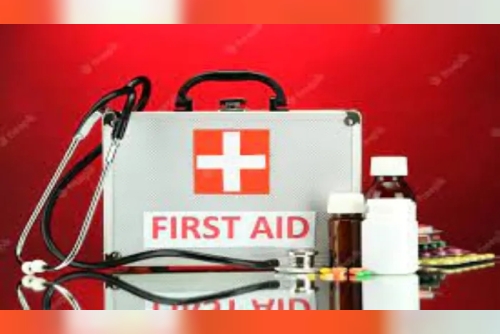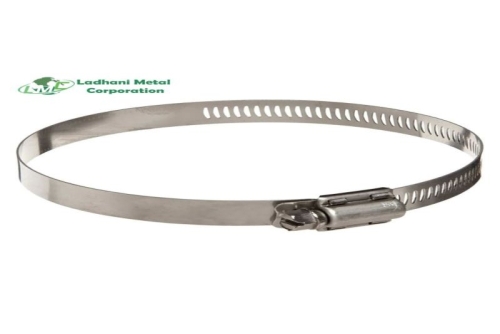In an emergency, the moments that follow are often critical. Knowing how to respond can make a world of difference in saving lives or preventing long-term harm. First aid is the immediate care provided to an injured or ill person before professional medical help arrives. Everyone, regardless of age, profession, or lifestyle, should possess basic first aid skills to handle unexpected situations. In this article, we will discuss essential first aid tips everyone should know to be prepared for emergencies.
1. Assess the Situation Before ActingThe first rule of first aid is to assess the situation carefully before taking any action. Rushing in without a clear understanding of the problem can worsen the situation for both the injured person and the rescuer. Always ensure that the environment is safe before approaching the victim. For example, in the case of a road accident, make sure there are no moving vehicles that might pose a threat. Check for fire hazards, sharp objects, or any other potential dangers.
Once the situation is deemed safe, quickly assess the injured person’s condition. Are they conscious or unconscious? Are they breathing? Is there any visible bleeding? Your actions will depend on your answers to these questions. This primary assessment is crucial in determining what steps to take next.
2. CPR: Cardiopulmonary ResuscitationCardiopulmonary resuscitation (CPR) is one of the most vital first aid skills everyone should know. CPR can be life-saving in cases where someone is unresponsive and not breathing. The procedure involves chest compressions and rescue breaths to maintain circulation and oxygen flow to the brain.
Here’s how to perform CPR:
First, check for responsiveness. If the person is unresponsive and not breathing or only gasping, call emergency services immediately. Begin chest compressions by placing the heel of your hand in the center of the person’s chest, with the other hand on top. Push hard and fast, at a rate of 100 to 120 compressions per minute. After 30 compressions, provide two rescue breaths by tilting the person's head back slightly, pinching the nose shut, and breathing into their mouth. Repeat the cycle until help arrives or the person starts breathing again.If you're untrained, performing only chest compressions until medical help arrives is recommended. CPR can be exhausting, but it is essential in keeping the heart and brain functioning until professional care is available.
3. Control Severe BleedingExcessive bleeding, or hemorrhaging, is another life-threatening condition that requires immediate attention. Severe blood loss can lead to shock, organ failure, and death if not controlled promptly. Here's how to control bleeding:
Apply direct pressure: Place a clean cloth or sterile dressing directly on the wound and press firmly. Elevate the injured area: If possible, elevate the wounded area above the heart level to reduce blood flow. Use a tourniquet if necessary: In cases where direct pressure is not enough, and the bleeding is life-threatening, a tourniquet may be applied above the wound. However, this should only be done as a last resort due to the risk of further complications.Once the bleeding is under control, keep the person calm, and wait for medical assistance.
4. Treating BurnsBurns are common injuries that can occur at home, at work, or outdoors. Burns are categorized into three degrees based on their severity:
First-degree burns affect only the outer layer of the skin, causing redness and pain. Second-degree burns affect both the outer layer and the underlying skin, resulting in blisters and severe pain. Third-degree burns are the most severe and can destroy both the skin and deeper tissues.For first- and second-degree burns, here’s what to do:
Cool the burn by running it under cool (not cold) water for 10-15 minutes. This reduces swelling and pain. Cover the burn with a clean, non-stick dressing to protect it from infection. Avoid using ice, butter, or ointments, as these can further damage the skin. For third-degree burns, do not attempt to treat them yourself. Call emergency services immediately and cover the burn with a sterile cloth while waiting for professional medical help. 5. Managing ChokingChoking occurs when the airway is blocked by a foreign object, such as food, and can quickly become life-threatening if not addressed. The Heimlich maneuver is the most effective first aid technique for treating choking.
To perform the Heimlich maneuver:
Stand behind the person and wrap your arms around their waist. Make a fist with one hand and place it just above their belly button. Grasp your fist with the other hand and deliver a quick, upward thrust. This action should help expel the object from the airway. Repeat until the object is dislodged or the person can breathe again.If the person loses consciousness, begin CPR immediately and continue until emergency help arrives.
6. Treating ShockShock is a life-threatening condition where the body’s organs and tissues do not receive enough oxygenated blood. It can result from severe bleeding, burns, or trauma. Symptoms of shock include pale skin, rapid breathing, confusion, and weakness.
Here’s how to manage shock:
Lay the person down and elevate their legs to improve blood flow to vital organs. Keep them warm by covering them with a blanket or coat. Avoid giving them food or drinks, especially alcohol. Call for emergency medical assistance immediately. 7. Knowing When to Seek Professional HelpWhile knowing basic first aid is essential, it is equally important to recognize when professional medical help is required. Minor injuries, such as small cuts or bruises, can be managed at home, but for serious conditions like head injuries, heart attacks, or broken bones, you should seek immediate professional care.
Always call emergency services if the person is unconscious, experiencing severe pain, has difficulty breathing, or if you are unsure of the severity of the injury.
ConclusionLearning first aid can be the difference between life and death in emergencies. These essential first aid tips—assessing the situation, performing CPR, controlling bleeding, treating burns, managing choking, and addressing shock—are invaluable for everyone to know. While it is vital to remain calm in emergencies, it's equally important to act swiftly and confidently to provide the necessary care before medical professionals arrive. Investing time in learning and practicing first aid is a small but significant step in being prepared for life’s unexpected moments Healths News Today.
















